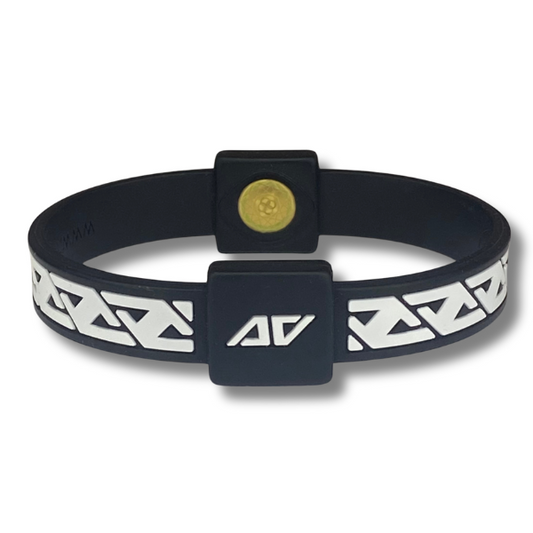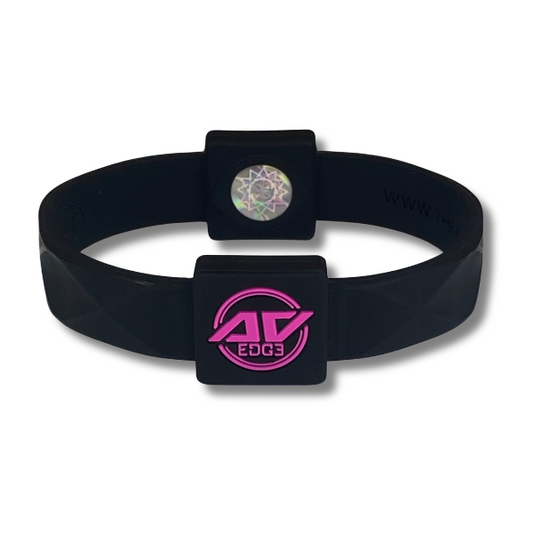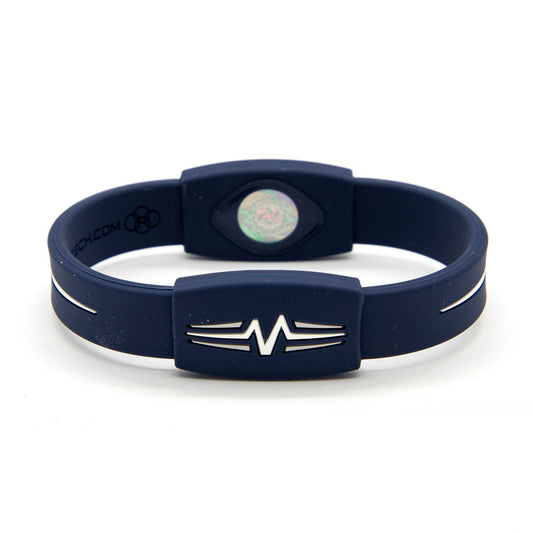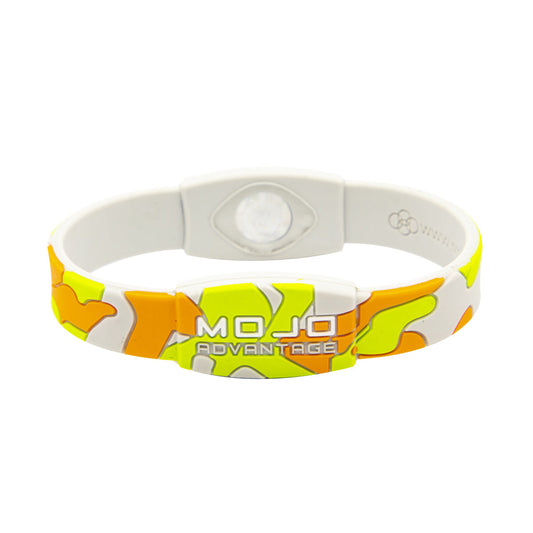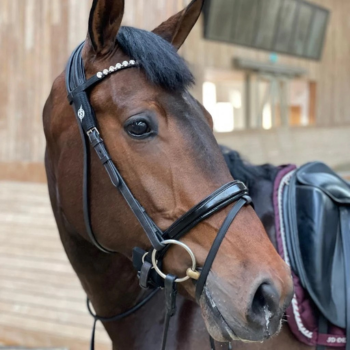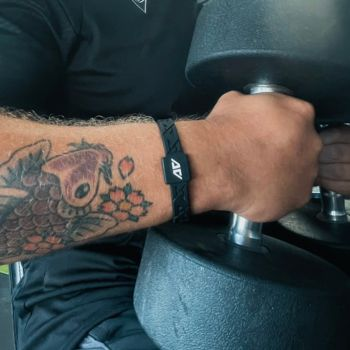
Empowered Energy with THE AV EDGE
Elevate yourself to a whole new level... And beyond!
Our products are designed to optimise the production of ATP - your natural energy source.
But that’s just the start!
Best Sellers
-
AV Edge LEGEND Wristband
Regular price £35.00 GBPRegular priceUnit price / per -
AV Edge ADVANCED Wristband
Regular price £35.00 GBPRegular priceUnit price / per -
Mojo ELITE Wristband
Regular price £25.00 GBPRegular priceUnit price / per -
Mojo ELITE Camo Wristband
Regular price £25.00 GBPRegular priceUnit price / per
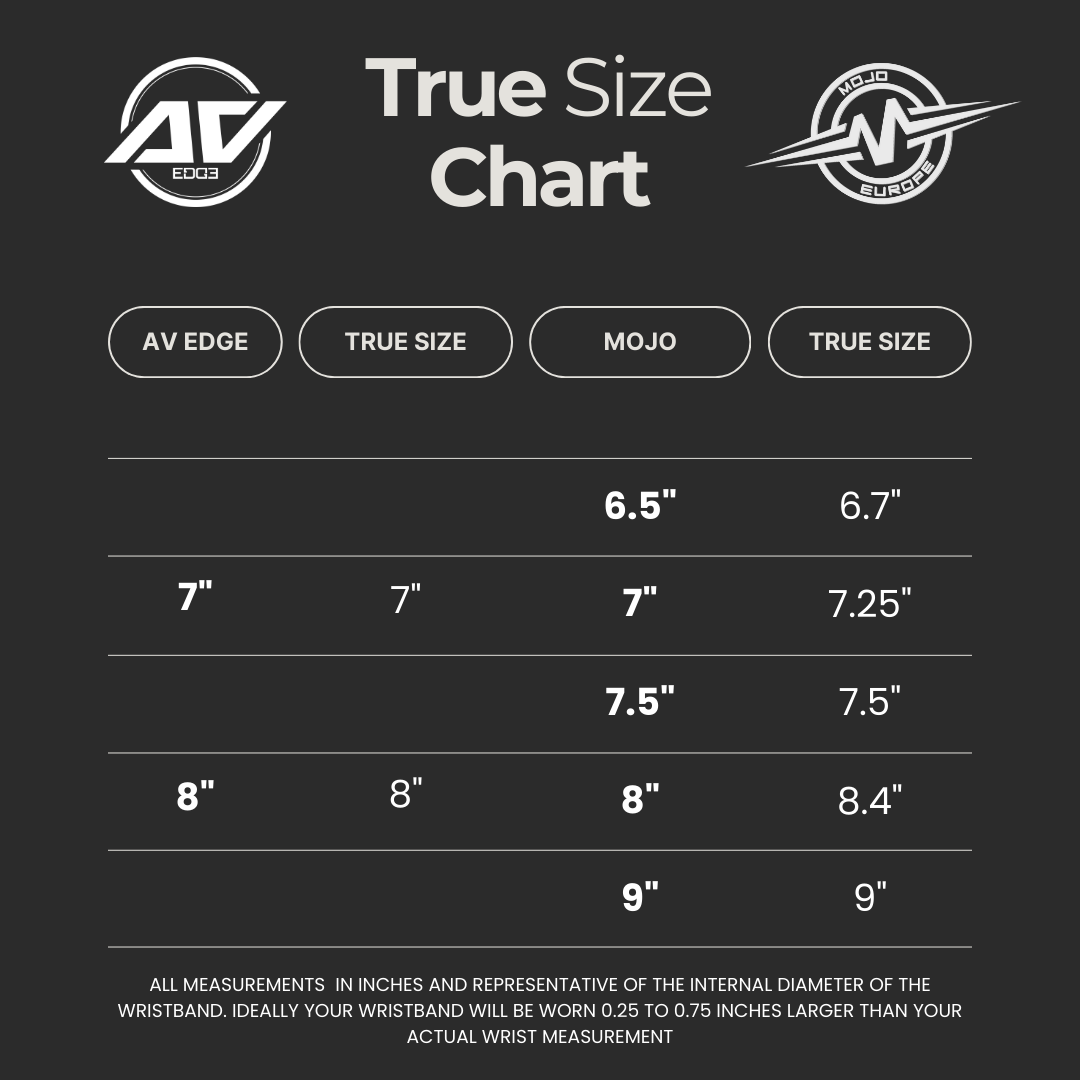
AV Edge TRUE Sizes
AV Edge wristbands are "true size" across the whole range. Any product that carries the AV or AV Edge logo is guaranteed to be true size!
Mojo wristbands unfortunately suffered from a 5mm tolerance, meaning they could vary up to 10mm from batch to batch.
The True Size Chart represents our remaining Mojo stock.
For full details of how to choose the right size for you click the button below.
Collections
-

Protect Filters
Help protect yourself against potentially harmful radiation from your devices! Research indicates there...
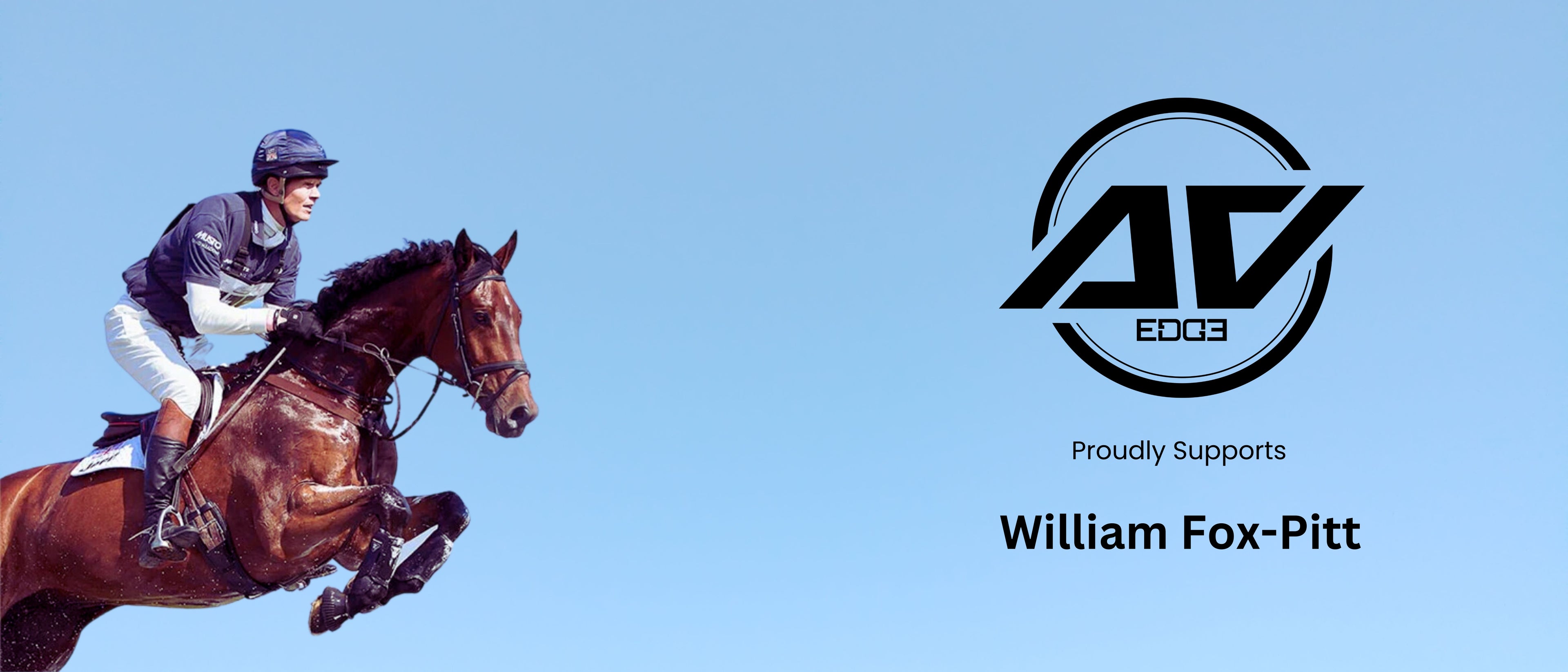
Rebalance, Recharge, and Reignite Your Life
In our demanding modern world, sustaining peak physical, mental, and emotional energy has become a challenge. We're often thrown off balance by the very technologies we depend on.
While many turn to temporary fixes like coffee, sports drinks, or painkillers, these are mere band-aids masking deeper imbalances across our energy systems.
Introducing AV EDGE
The Pinnacle of 15+ Years of Research and Evolution
Rather than providing a short-lived boost, AV Edge products are designed to address the root cause. Built on more than a decade and a half of meticulous research and development, our cutting-edge technology potentially recalibrates and harmonises your energy systems, restoring physical vitality and mental clarity.
Using AV Edge couldn't be simpler. Just wear the wristband and experience the transformative benefits.
Make AV Edge the cornerstone of your personal energy wellness journey.
Don't just live life, live a fully charged life with The AV Edge.
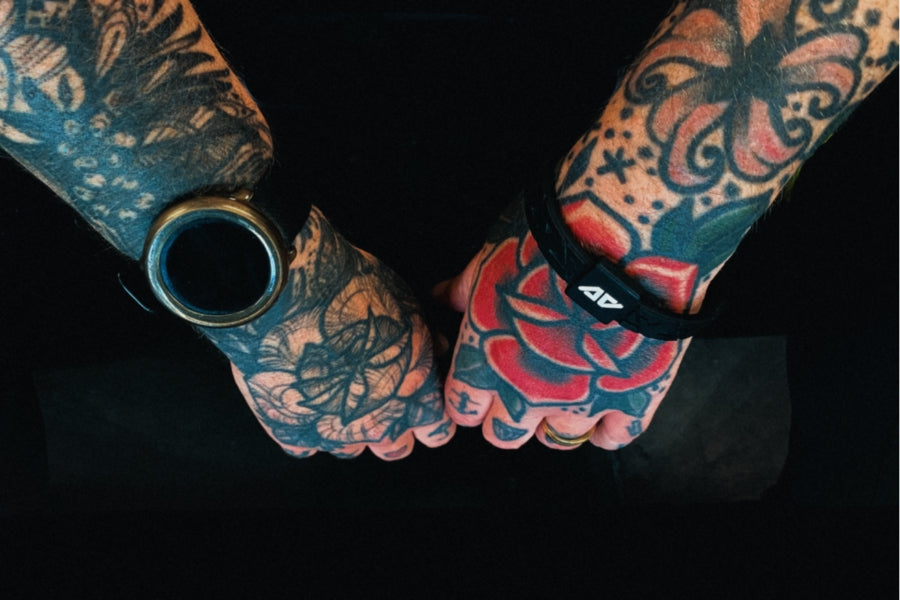
#theAVedge
AV Wristbands are made from durable, 100% high quality silicone. Eco-friendly, nontoxic, low cadmium, and nickel free, our wristbands are designed to help take your health & wellbeing to the next level.
How AV EDGE Works
AV Edge products are embedded with programmed Mylar Disc technology containing a unique combination of molecular signatures that interact with your bodies natural frequencies.
Blog
View all-

How Can Reduced ATP Levels Affect Your Health?
In this article, we delve into the critical role of ATP and the potential consequences of reduced Adenosine Triphosphate levels on our health. Additionally, we explore emerging research suggesting a connection...
How Can Reduced ATP Levels Affect Your Health?
In this article, we delve into the critical role of ATP and the potential consequences of reduced Adenosine Triphosphate levels on our health. Additionally, we explore emerging research suggesting a connection...
-

Electromagnetic Fields (EMF) and Vertigo
Electromagnetic Fields (EMF) are ubiquitous in our technologically driven environment, sparking concerns about potential health implications. Among these concerns is the possible link between EMF exposure and vertigo, a debilitating...
Electromagnetic Fields (EMF) and Vertigo
Electromagnetic Fields (EMF) are ubiquitous in our technologically driven environment, sparking concerns about potential health implications. Among these concerns is the possible link between EMF exposure and vertigo, a debilitating...
FAQs
Do AV wristbands contain magnets?
No, AV wristbands do not contain magnets. Our discs are made of Mylar, a polyester film commonly used in electronics and photography.
How does it work?
AV has taken the resonant frequencies of health promoting molecules, and imprinted them onto a substrate within the mylar disc part of your wristband.
Think of this a little bit like recording a song onto a CD.
When the substrate enters your Human Energy Field the frequencies vibrate and resonate with your body's natural frequencies.
Learn more here.
How long will my wristband last?
The average lifespan of the mylar disc is 12-18 months. Over time you will notice the disc starts to dissolve and lose its holographic appearance. When this happens it's time for a new band.
Does my wristband come with a warranty?
We warranty the first 6 months of your wristbands life. You will be issued with an order sheet upon purchase which you need to keep in a safe place as this acts as your warranty.
If I wear more than one AV wristband will the effect be even stronger?
You might think that wearing two AV wristbands will give you double the effect. In fact, our research indicates this is not the case and the increase is only around 8-10%. One AV wristband is all you need!
Are AV wristbands similar to a copper bracelet?
The only similarity is that they both go on your wrist!
Copper bracelets are believed to work by the absorption of trace amounts of copper through the skin.
AV wristbands work by harmonising your natural frequencies.
I damaged my band but I lost the warranty document, can I still get a replacement?
Sadly we cannot process any warranty exchanges without the supplied order sheet.
Is my wristband waterproof?
Your AV wristband is 100% waterproof. You can bathe in it, shower in it, swim in it, or even surf in it!
Does my band have to fit tightly with the discs touching the skin?
No, the fit is matter of comfort and the discs do not need to touch the skin.
If you prefer to wear your band a bit looser that's fine, just ensure the discs are consistently within 1/4 to 1/2 of an inch from the skin.

